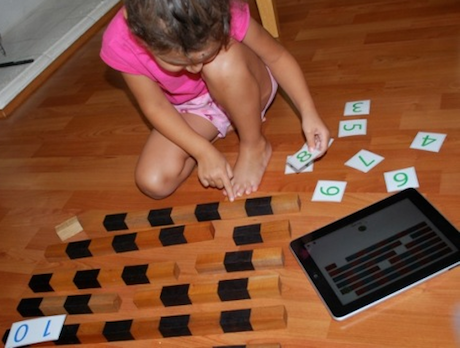[yframe url=’https://www.youtube.com/watch?v=UyyjU8fzEYU’]
Here is a short list of what TEDsters liked most over the past few years. These are really inspiring ideas on education, motivation, mind, creativity and passion. If you can’t get enough of that you should definitely have a look at our complete list of 750+ TED talks.




